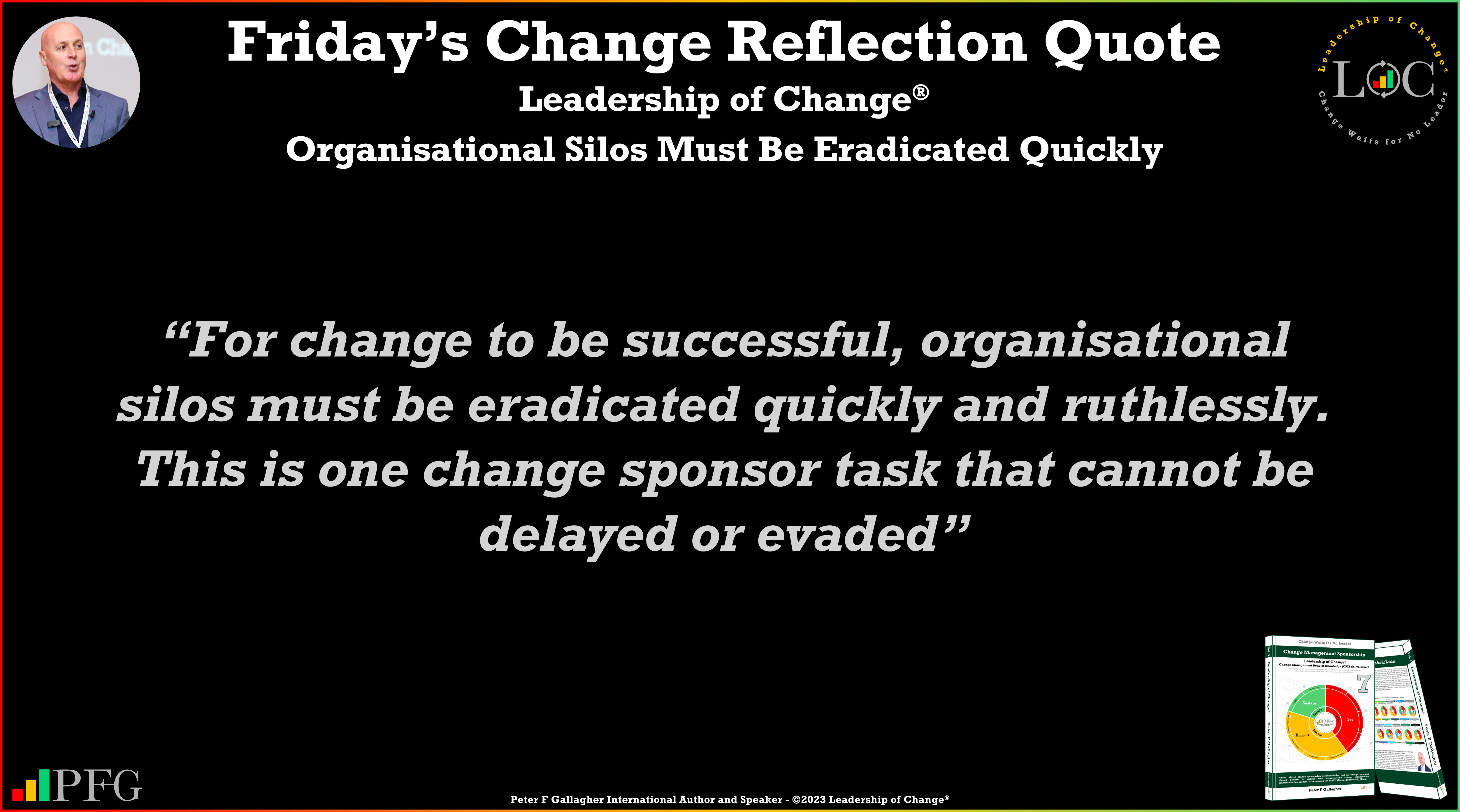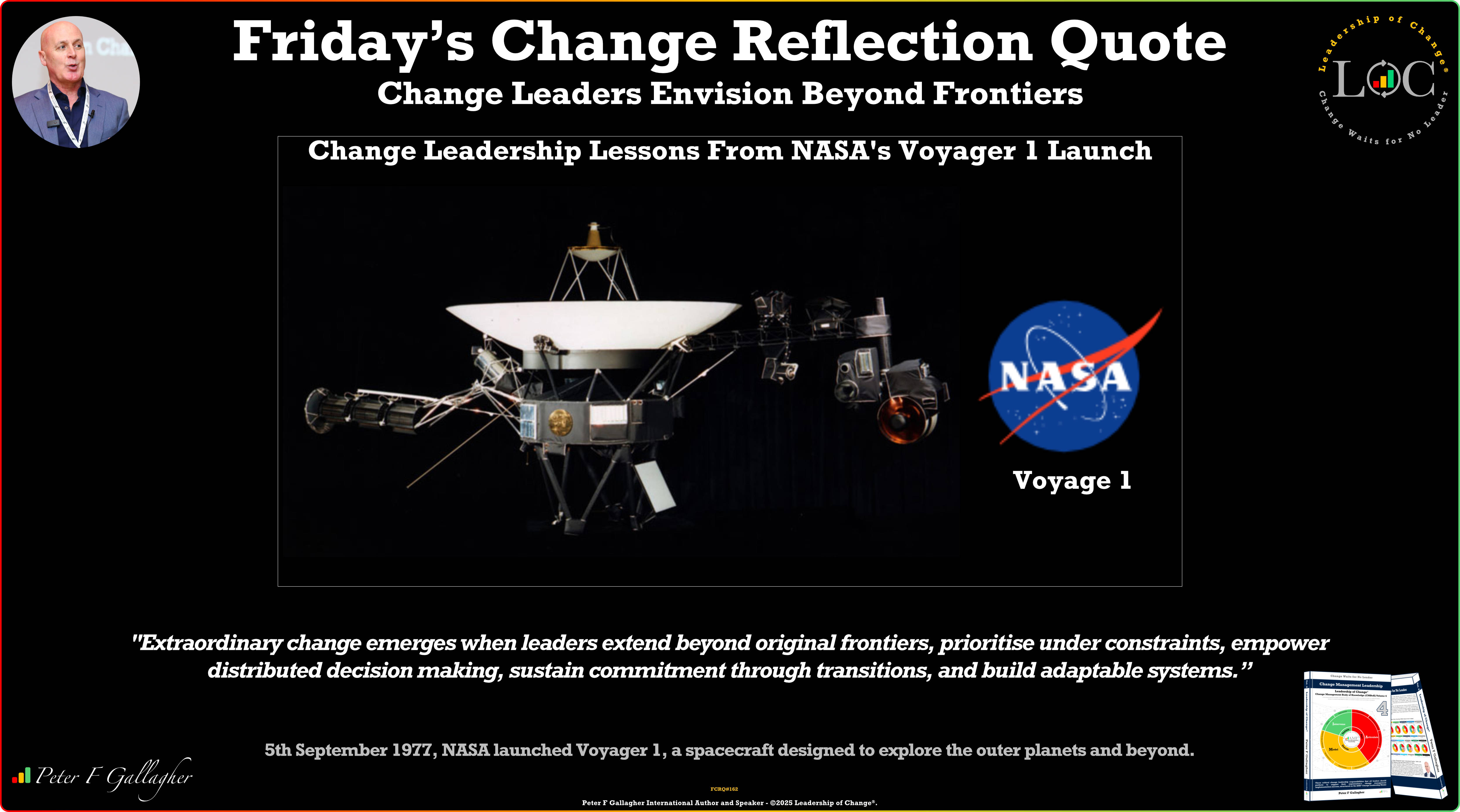Mar10

Happy Friday!
On this day, March 10, 1920, the Home Rule Act was passed by the British Parliament, dividing Ireland into two parts. On the previous day of the first reading, the UK Cabinet had capitulated to Ulster Unionist demands and redefined “Northern Ireland” as comprising six counties rather than nine. It was rejected by the southern counties and caused more than a century of turmoil.
Charles Stewart Parnell told us in 1885, “No man has a right to fix the boundary of the march of a nation; no man has a right to say to his country - thus far shalt thou go and no further.” Northern Ireland was created in May 1921, when Ireland was partitioned by the Government of Ireland Act 1920, creating a devolved government for the six north-eastern counties. A nine-county Ulster parliament with a slim Protestant majority created unease among Unionists as it would include a large Catholic population of 43 percent. A six-county alternative was proposed instead, incorporating Antrim, Down, Armagh, Londonderry, Fermanagh, and Tyrone, creating a 34 percent Catholic population, excluding Cavan, Donegal, and Monaghan with Catholic majorities. Thus, the silo of Northern Ireland was created, causing many years of troubles, tragedies, and a split nation to suit a minority. Similarly, this happens in organisational change when some silo leaders put their needs ahead of the majority and change. Organisational Silos Must Be Eradicated Quickly.
“For change to be successful, organisational silos must be eradicated quickly and ruthlessly. This is one change sponsor task that cannot be delayed or evaded”
The inherent problems that silos cause during normal day-to-day operations make successful change and full employee change adoption highly unlikely. Some of the problems that silos cause are:
• Poor Communication: Silos make it difficult for organisations to have good communication, which is essential for a high performing organisation. Poor communication usually results in business problems. Effective change communication is at the heart of successful change, it acts like the blood in our bodies, but instead of supplying vital oxygen and nutrients, communication supplies information and motivation to the impacted stakeholders.
Have a fantastic weekend with the ones you love and care for, enjoy some fresh air, exercise, eat, drink and be happy.
Further Reading: Change Management Sponsorship: Leadership of Change Volume 7
Peter consults, speaks, and writes on the Leadership of Change®. He advises CEOs on how to prepare and align their corporate leadership teams to successfully lead their organisation's change.
For further reading please visit our websites: https://www.a2b.consulting https://www.peterfgallagher.com Amazon.com: Peter F Gallagher: Books, Biography, Blog, Audiobooks, Kindle
Leadership of Change® Body of Knowledge Volumes: Change Management Body of Knowledge (CMBoK) Books: Volumes 1, 2, 3, 4, 5, 6, 7, A, B, & C available on both Amazon and Google Play:
~ Leadership of Change® Volume 1 - Change Management Fables
~ Leadership of Change® Volume 2 - Change Management Pocket Guide
~ Leadership of Change® Volume 3 - Change Management Handbook
~ Leadership of Change® Volume 4 - Change Management Leadership
~ Leadership of Change® Volume 5 - Change Management Adoption
~ Leadership of Change® Volume 6 - Change Management Behaviour
~ Leadership of Change® Volume 7 - Change Management Sponsorship
~ Leadership of Change® Volume A - Change Management Gamification - Leadership
~ Leadership of Change® Volume B - Change Management Gamification - Adoption
Coming soon:
~ Leadership of Change® Volume C - Change Management Gamification - Behaviour
~ Leadership of Change® Volume D - Change Management Gamification - Sponsorship
~ Leadership of Change® Volume E - Change Management Gamification - Leadership Teams
Keywords: Business Strategy, Change Management, Leadership
 Enterprise AI Failure or Not?
Enterprise AI Failure or Not? The Corix Partners Friday Reading List - September 5, 2025
The Corix Partners Friday Reading List - September 5, 2025 Friday’s Change Reflection Quote - Leadership of Change - Change Leaders Envision Beyond Frontiers
Friday’s Change Reflection Quote - Leadership of Change - Change Leaders Envision Beyond Frontiers The Rise of AI in Performance Reviews: Who’s Leading the Way?
The Rise of AI in Performance Reviews: Who’s Leading the Way? The Silence Tax: The Hidden Cost of Playing It Safe at Work
The Silence Tax: The Hidden Cost of Playing It Safe at Work